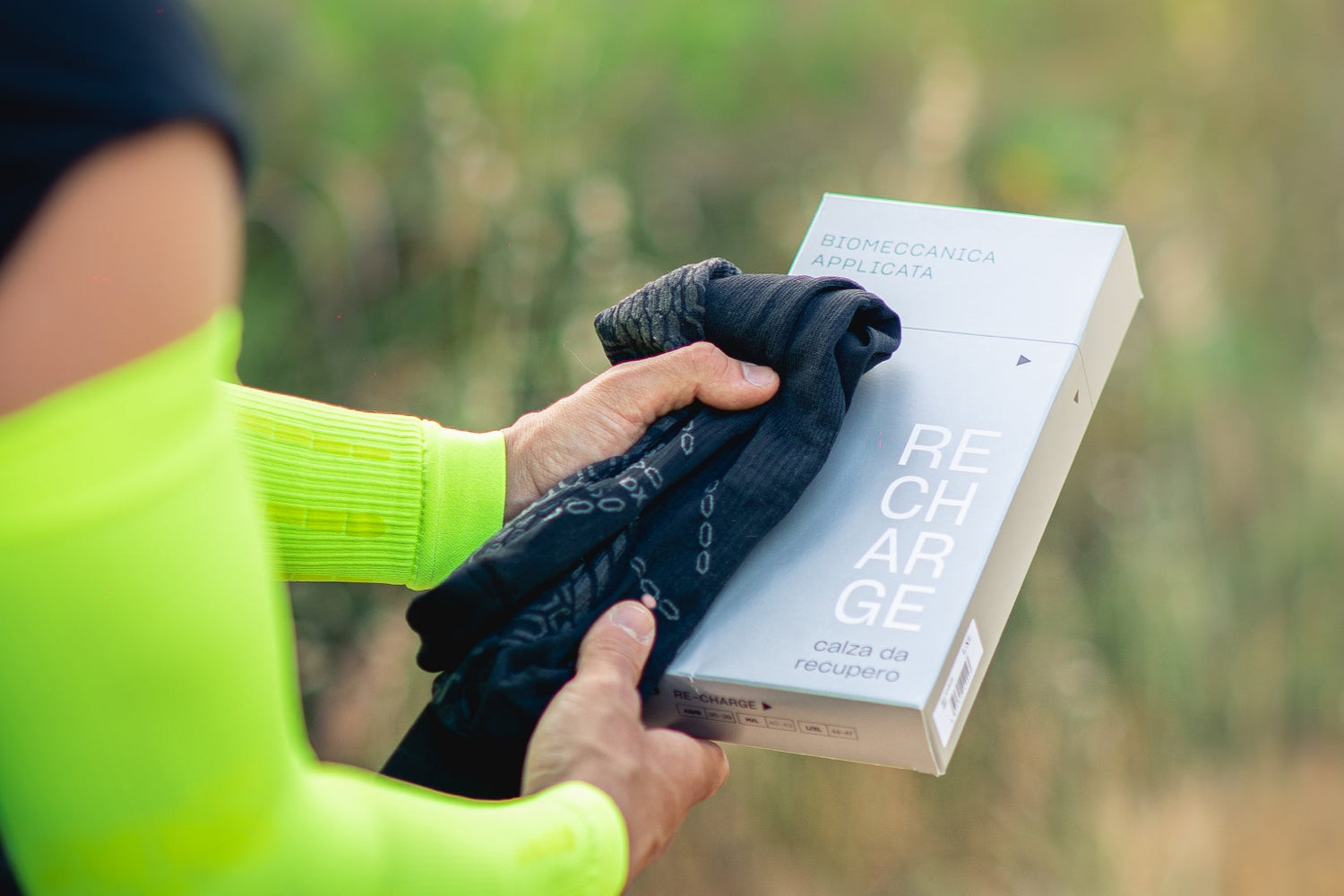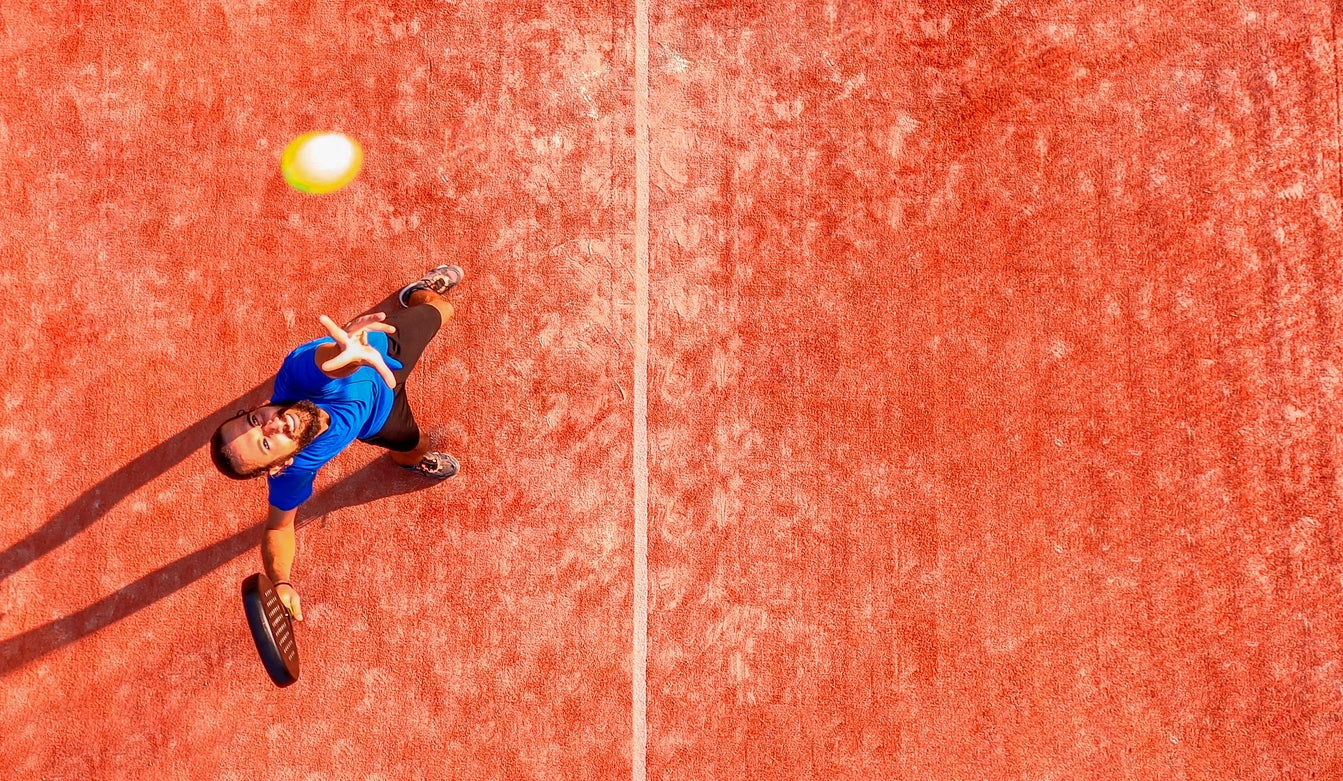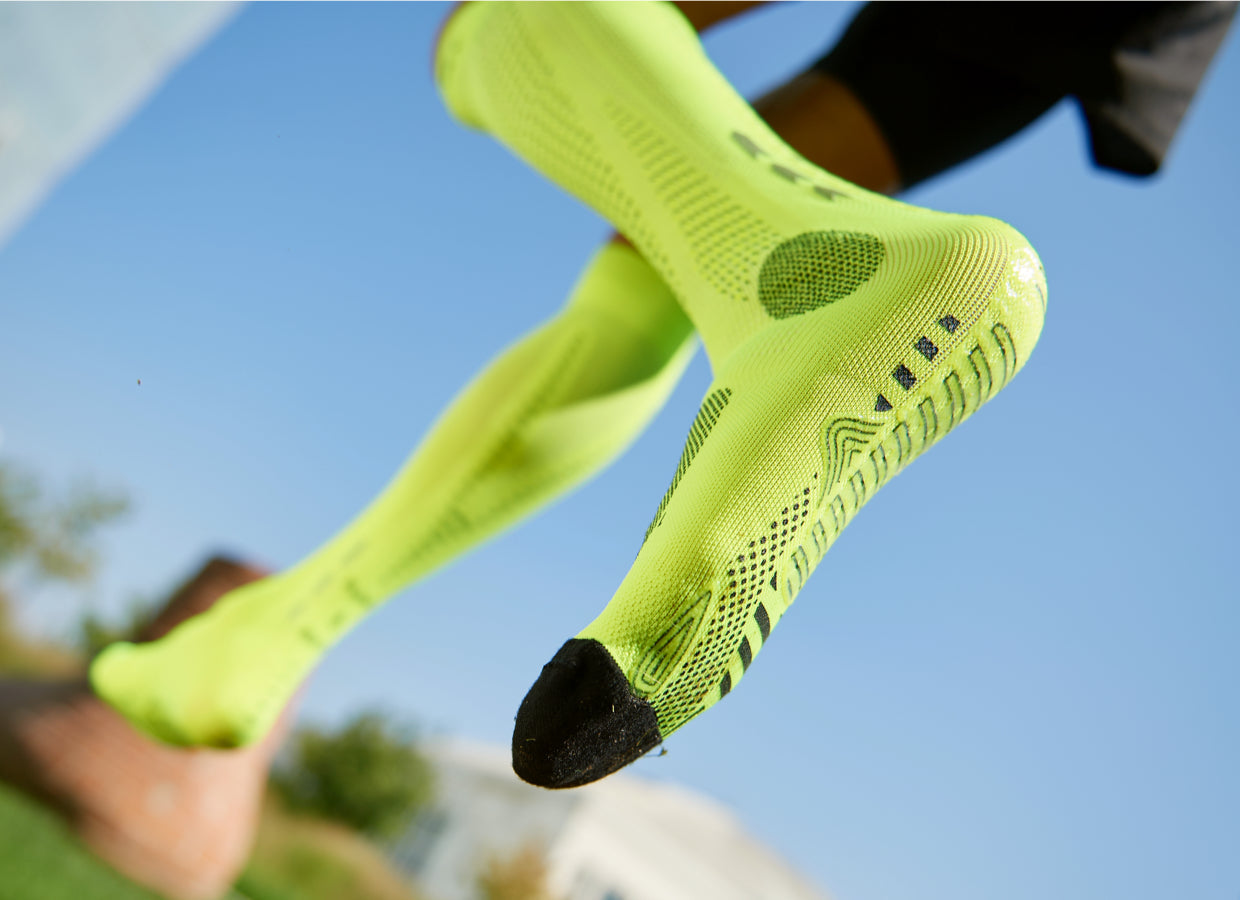Among those who practice sports, it is common to experience muscle fatigue after excessive physical exertion or training other than usual. On a technical level, these pains, which are usually localized in the stressed districts, are called DOMS, an acronym that stands for Delayed Onset Muscle Soreness. In fact, they usually occur not immediately after exertion but in the next day or days, but within a week at most they resolve on their own. If, on the other hand, they persist, intensify or shift, moving from one muscle district to a specific and very narrow area, it means that in addition to DOMS another dysfunction may be present: functional overload.
Muscle overload: symptoms and causes
Joint structures (tendons, nerves, blood vessels, and so on) are designed to perform movements with a limiting threshold of speed, duration, posture, and strength. When these movements become repetitive, with the same sequence of action repeating in a cyclic fashion, or when they are performed with such intensity as to result in repeated microtraumatic action, the risk of irritation from muscle overload can be incurred.
Functional overload occurs as a result of microtrauma that takes place in conjunction with repeated movements during sports activity. To microtrauma, the body responds by enacting a tissue defense mechanism known as inflammation. A fundamental symptom of overload injuries is the sensation of pain, which may occur, in less severe cases, only after activity, while, in more severe cases, continuously throughout the day, with significant reduction in range of motion.
Lactic acid and muscle pain: is there a correlation?
Lactic acid is constantly produced within the muscles during the activity of contracting and relaxing muscle fibers, in greater amounts the more intense and prolonged the physical exertion involved. However, the accumulation of lactic acid, despite common belief, is not the cause of the feeling of fatigue and decreased performance. On the contrary, it would seem to exert a neutral or even favorable role, helping to counteract muscle fatigue and reduce, for example, recovery time from fatigue in the adductor or other leg muscles.
What to do about muscle fatigue
To avoid getting to functional overload, it is advisable to pay attention to signals sent by the body, such as muscle fatigue in the legs or other muscle districts. If neglected and allowed to persist, in fact, it may require therapy with self-warming bands or patches, indicated to reduce inflammation and discomfort, which may be prescribed by a physician. Some remedies and expedients involving sports and lifestyle habits can help combat muscle fatigue and reduce recovery time:
- Rest. Avoid overstressing the muscles and give the body time to recover from the exertion;
- Varied and balanced diet. Minerals, vitamins, proteins, carbohydrates and even fats are all essential nutrients for the well-being of our bodies;
- Dietary supplements. Vitamin B12 reduces feelings of fatigue and promotes normal functioning of the nervous system, while L-Carnitine and amino acids are helpful in regaining energy;
- Warm-up and defatigue. Helping the body gradually move in and out of training is helpful in loosening muscles and preventing trauma and injury.
How to promote recovery after functional overload
Treating muscle overload also means working on the underlying causes: otherwise, long-term results will not be achieved. Symptomatic treatment (unloading, hot or cold compresses, taking anti-inflammatories) is appropriate in the initial moment, but it must be followed by deeper and more incisive treatment, in the most severe cases led by a specialized physiotherapist, physician, and orthopedist, who can make accurate diagnoses and indicate the most appropriate treatment for musculoskeletal diseases from biomechanical overload. A professional is also helpful in deciding which types of exercise to maintain and which, to eliminate. In a second step, they will consider how to manage the overload, choosing from:
- Manual and instrumental therapy for pain reduction;
- Hydrokinesiotherapy;
- Customized defatigue;
- Load reeducation;
- Possible support from a mental coach;
- Return to standard sports activity.
FLOKY biomechanical socks for functional recovery
RE-CHARGE is the first biomechanical sock specifically for post-training or competition recovery. It was developed by FLOKY to provide enhancing and regenerative support of all biomechanical functions related to the tendons and muscles of the foot and leg, allowing activation of venous return in total comfort and reducing calf muscle fatigue. By wearing RE-CHARGE during recovery, you eliminate toxins, regenerate muscle, and unload tendon parts from overload and inflammation, dramatically reducing recovery time from muscle overload. Its beneficial actions on the foot are many, including:
- Stability. Non-slip printing increases grip on the shoe, reducing the risk of sprains and increasing proprioception;
- Movement support. The shims distributed on the sole of the foot reproduce the podalic helix and promote ideal and natural foot movement;
- Compression. The Tape System on the sole of the foot works with localized compression on the Lejars insole, activating the squeezing of deep veins and aiding venous return with the goal of eliminating toxins and regenerating muscles;
- Posture correction. Lateral silkscreen applications support the fifth metatarsal, improving posture throughout the day;
- Tendon stabilization and unloading. The Tape System acts as a second tendon, reducing vibration and preserving the Achilles tendon from possible microtrauma and inflammation
- Recovery (BIOCERAMIC YARN). Bioceramics within the tissue reflect human heat and stimulate improved microcirculation resulting in rapid cell regeneration and accelerated healing and recovery process.



